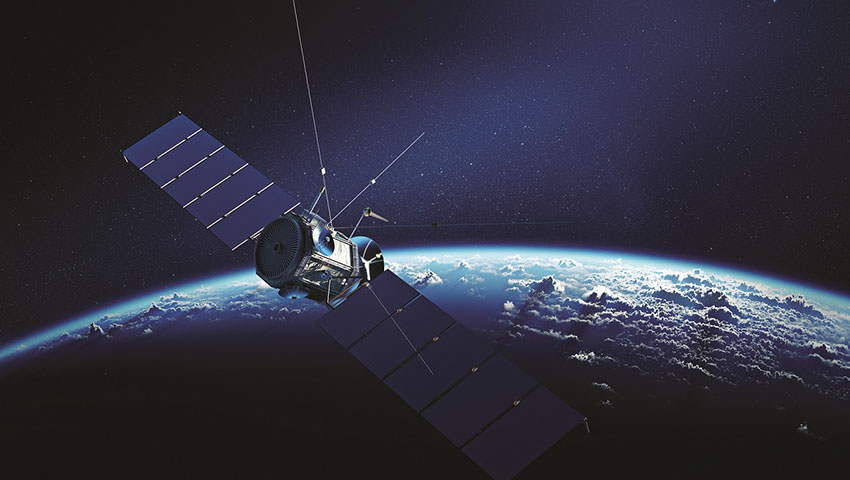At launch the satellite massed a tonne and the key component, about 500 kilograms, is regarded as likely to survive the heat of re-entry.
Cosmos 482 was launched in March 1972 with the ultimate aim of orbiting Venus and placing a lander on the planet surface. But it never made it out of Earth orbit.
Since this was the height of the Cold War, no details were released at the time and not much since.
Soviet practice was to place such probes in Earth orbit then launch towards the destination. For whatever reason, the probe failed to fire and has remained ever since at the top end of low-Earth orbit.
Some bits did de-orbit almost immediately, with four hot metallic balls about the size of soccer balls landing on then quiet little New Zealand. These were made of titanium and likely pressure vessels from Cosmos 482.
The Soviets disclaimed ownership but there weren’t too many other candidates for lobbing metallic balls on New Zealand around that time.
Cosmos 482 was the sibling of Venera 8, the second mission to Venus in July 1972. Venera successfully landed on Venus for just under an hour, which was regarded as a complete success considering the average temperature is more than 400 degrees.
This was pioneering space exploration, producing what are still regarded as the best images of Venus.
The Cosmos 482 lander, a spherical pressure vessel, was built tough to soft land on Venus, hence the belief that it’s likely to survive returning to Earth.
Conceivably it might do better than that. It was designed to parachute down to the Venusian surface but the batteries to fire the pyrotechnics to deploy the parachute are likely long dead.
Cosmos 482 is now in a highly elliptical orbit, which at its lowest is about 200 kilometres above the Earth surface and strongly effected by atmospheric drag.
That indicates it will likely de-orbit later this year or early next year, though that is an inexact science and influenced by factors such as solar activity.
When satellites are deliberately de-orbited under control, the aim is to dump them in the so-called spacecraft cemetery, a remote area of the south Pacific.
Spacecraft de-orbiting of their own accord could land anywhere and have done so on a number of occasions, fortunately without harming people on the ground or damaging property.
The only time casualties occurred from a de-orbiting spacecraft was the 2003 Challenger shuttle disaster, which killed the seven astronauts on board.
In 1978, the Russian spy satellite Cosmos 954 spread radioactive material over the Canadian wilderness, prompting an expensive cleanup for which the Soviets were billed US$3 million.
US satellite Skylab returned to Earth in 1979 mostly burning up over the Indian Ocean but spreading some debris over the Australian outback.

